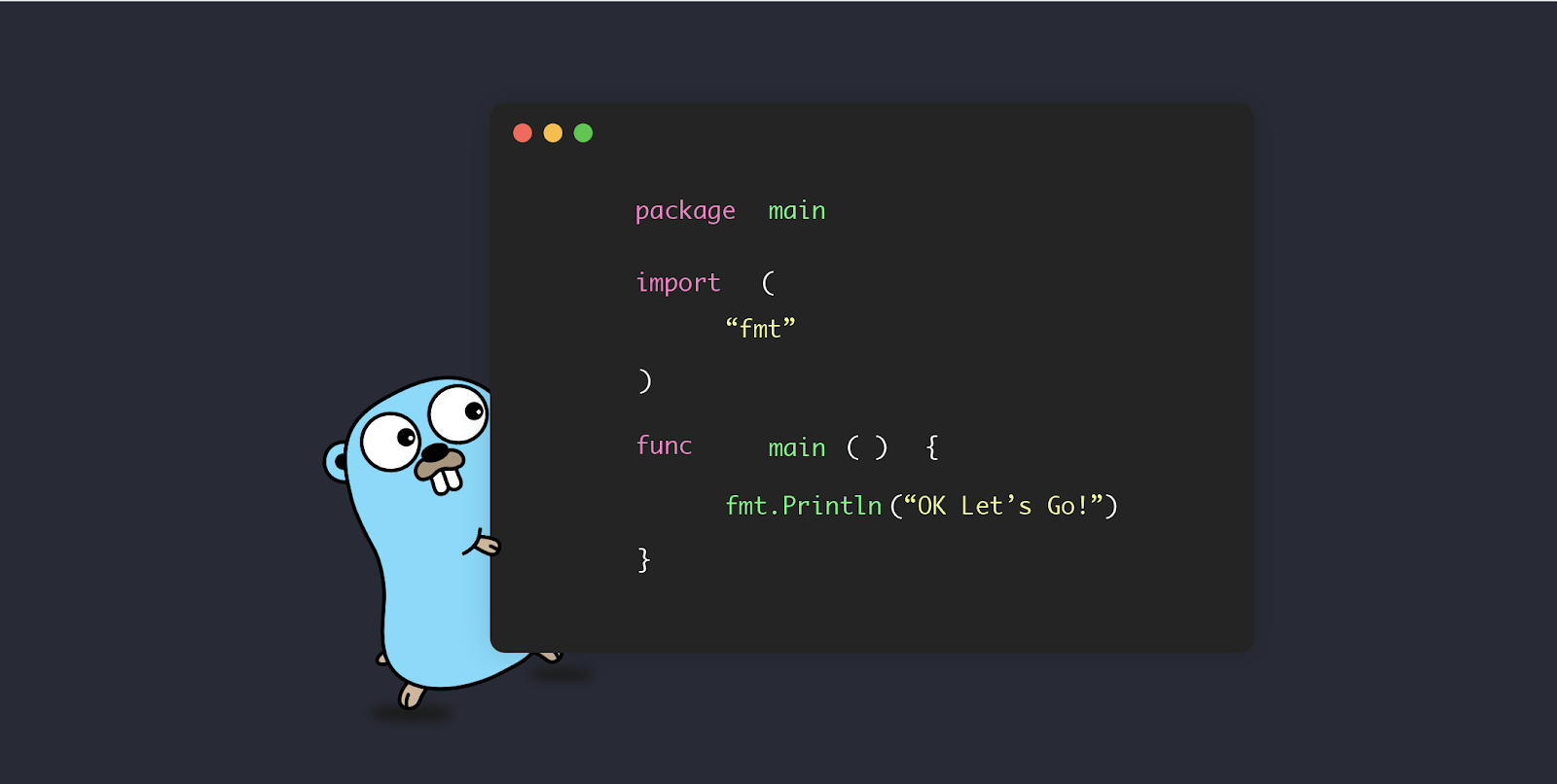Methods are a fundamental and unique feature in the Go programming language, often referred to as Golang. They enable you to associate behaviors with user-defined types, leading to cleaner and more modular code. In this blog, we'll delve into the world of methods in Go, covering their definition, use cases, syntax, advantages, and best practices. Whether you're new to Go or looking to deepen your understanding of methods, this guide will help you harness their potential.
What Are Methods?
In Go, a method is a function that is associated with a user-defined type, known as a receiver. Methods allow you to attach behavior to your custom types, making it possible to define operations specific to those types. Methods are essentially functions with a special receiver parameter, which specifies the type on which the method operates.
Here's the basic syntax of a method declaration in Go:
func (receiverType) methodName(parameters) returnType {
// Method implementation
}Let's break down the components:
-
receiverType: This is the type to which the method is attached. It can be a user-defined type like a struct or an alias to a built-in type. -
methodName: The name of the method. -
parameters: The input parameters, if any, that the method accepts. -
returnType: The type of the value that the method returns.
Defining and Using Methods
To define a method in Go, you declare it within the scope of a type definition. Here's an example of a Circle type with a method to calculate its area:
package main
import (
"fmt"
"math"
)
type Circle struct {
Radius float64
}
// Method to calculate the area of a Circle
func (c Circle) Area() float64 {
return math.Pi * c.Radius * c.Radius
}
func main() {
c := Circle{Radius: 5}
area := c.Area()
fmt.Printf("Area of the circle: %.2f\n", area) // Output: Area of the circle: 78.54
}In this example, the Area method is associated with the Circle type, and it calculates the area based on the circle's radius.
Use Cases for Methods
Methods in Go are versatile and find use in various scenarios, including:
-
Abstraction: Methods help encapsulate implementation details within types, promoting code abstraction and modularity.
-
Object-Oriented Programming: While Go doesn't have traditional classes, methods allow you to implement object-oriented programming (OOP) concepts like encapsulation and polymorphism.
-
Custom Data Types: Methods enable you to define behaviors for custom data types, such as structs, effectively turning them into self-contained objects.
-
Reusable Code: Methods promote code reuse by allowing you to attach behaviors to types and reuse them across different instances.
-
Interface Implementation: Methods are used to satisfy interfaces in Go, making it possible to define custom behaviors for types that adhere to certain contracts.
Advantages of Methods
Methods offer several advantages in Go:
-
Encapsulation: Methods allow you to encapsulate data and behavior within types, promoting information hiding and reducing complexity.
-
Cleaner Code: Methods lead to cleaner and more organized code by associating behaviors directly with types.
-
Readability: Methods improve code readability by providing a clear structure for defining and using behaviors associated with types.
-
Reusability: Methods encourage code reusability by attaching behaviors to types that can be instantiated and reused across the program.
-
Polymorphism: Methods enable polymorphic behavior in Go by allowing different types to implement the same method signature.
Best Practices for Using Methods
To make the most of methods in Go, consider the following best practices:
-
Use Pointer Receivers for Mutability: If a method needs to modify the receiver value, use a pointer receiver (
*receiverType) to avoid creating a copy of the receiver. -
Use Value Receivers for Immutability: If a method only reads the receiver value, use a value receiver (
receiverType) to indicate immutability. -
Consistent Naming Conventions: Follow consistent naming conventions for method names within the same type.
-
Group Related Methods: Group related methods together within a type definition for better organization.
-
Document Methods: Provide clear and concise documentation for methods to explain their purpose and usage.
Conclusion
Methods are a powerful and essential feature in Go that allow you to associate behaviors with user-defined types. By understanding how to define, use, and leverage methods effectively, you can write cleaner, more modular, and maintainable code in Go. Whether you're building web applications, system-level utilities, or complex data processing pipelines, methods are a critical tool in your Go developer toolkit.
